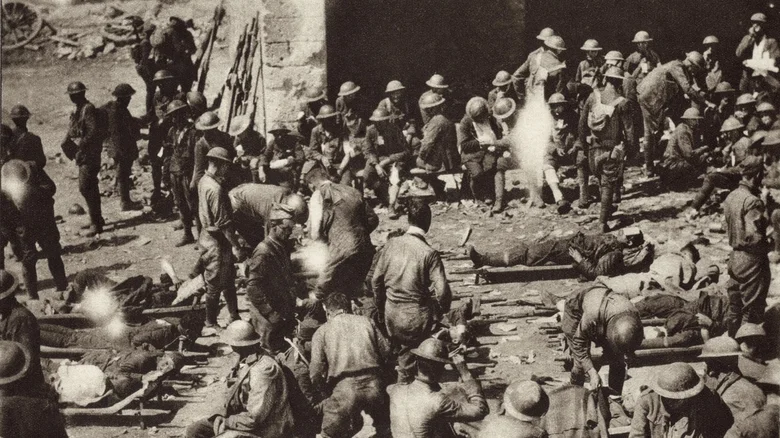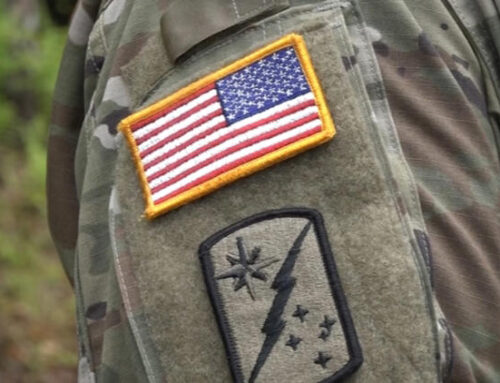The Battle Of Argonne Forest: The Deadliest American Battle In WWI
Published: 9 January 2023
By Gabriela L. Laracca
via the Grunge web site

battle-on-the-western-front-1673230833
Masses of inexperienced soldiers — most of whom had barely tasted adulthood (per The Washington Post) — were sent to the Western Front during World War I (via International Encyclopedia of the First World War). Known as “The Great War,” soldiers thought they would return home within weeks (via Delaware.gov). Yet, what became known as one of the most devastating wars in human history raged on for over four gruesome years. According to History, it was all triggered by a murder — the assassination of Austria-Hungary’s Archduke Franz Ferdinand, and his wife Sophie, by a Bosnian Serb nationalist on June 28, 1914.
This lit the powder keg of war for nearly half a decade, resulting in over 20 million deaths internationally — including 9.7 million documented military personnel and 10 million civilians — as well as 21 million wounded, reported by Reperes. The Allies — composed of Russia, France, Belgium, Great Britain, and later Japan, Romania, China, and the United States — lost about 5.7 million forces, while the Central Powers (Bulgaria, the Ottoman Empire, Austria-Hungary, and Germany) lost about 4 million. So while the Allies “won” the battle, they returned home with more wounds to lick than the enemy. Still, they tasted victory on the Western Front time and time again, including a battle seldom discussed that involved a vast forest, plenty of mud and blood, and a particularly heroic pigeon that saved over a hundred men (via The United States World War One Centennial Commission).
The Inexperienced Experience the Terrors of War
World War I was a conflict unlike any soldiers had ever seen. Of course, it would have helped if they had seen any battle before that (via The Washington Post). Like lambs to the slaughter, Macquarie University states that over 70% of the United States forces were wet-behind-the-ears new recruits, with over half of them being between the ages of 18 and 23. And a war as putrid as “The Great War” was an unforgiving start. World War I is in part remembered for its hygienic fouls, which resulted in a plethora of diseases (via Delaware.gov). Due to brutal trench warfare, soldiers were often trudging through increased moisture, mud, and even human waste. With this came diseases like trench foot — caused by prolonged moisture in boots — and trench mouth, a nasty form of gingivitis caused by increased bacteria resulting in painful mouth ulcers (via Mount Sinai).
According to the International Encyclopedia of the First World War, these trenches — marked by barbed wire and the stench of death — sat on either side of what was considered “No Man’s Land.” This area between enemy lines was exactly what it sounds like — a battleground raining with artillery where no man could be found, aside from the bodies of the dead. If caught in No Man’s Land, a soldier’s only saving grace was “pill boxes” — little cement huts meant as a temporary shelter from enemy attacks, as explained by the Army Heritage Center Foundation.
By the time the Battle of Argonne Forest rolled around in 1918, soldiers on the Western Front had already seen their share of hell.
Read the entire article on the Grunge web site.
External Web Site Notice: This page contains information directly presented from an external source. The terms and conditions of this page may not be the same as those of this website. Click here to read the full disclaimer notice for external web sites. Thank you.



